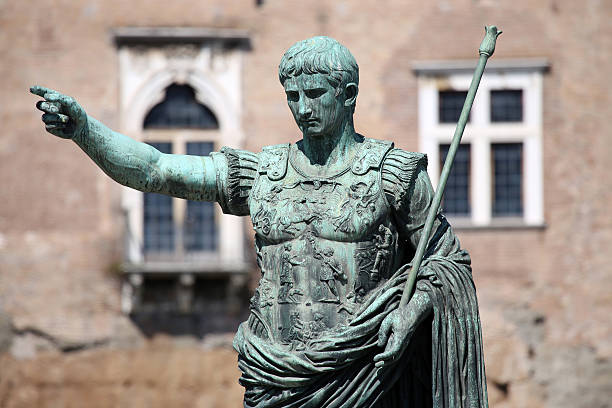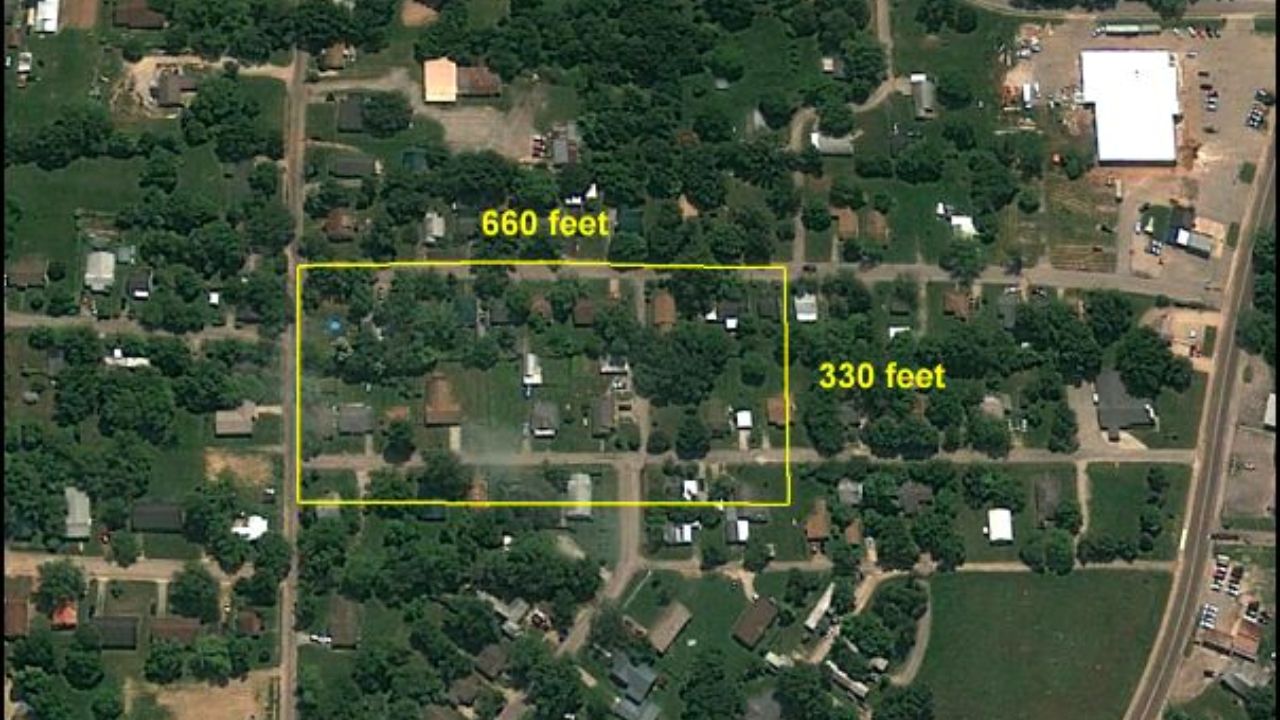The history of the Roman Empire is a captivating journey through time, marked by both glory and decline. How long did the Roman Empire last?
In this article, we will look into the annals of history, exploring the rise, fall, and all the essential details surrounding the duration of the Roman Empire.
Table of contents
Read Also: 45 Gorgeous Dorm Room Ideas You’ll Want to Copy
How long did the Roman Empire last?
The Roman Empire lasted for several centuries, and its history can be divided into two main periods: the Roman Republic and the Roman Empire. Here’s a brief explanation of both:
Roman Republic:
- The Roman Republic was established in 509 BC when the Romans overthrew their Etruscan conquerors. It was a period of political development, expansion, and conflict.
- The Roman Republic saw the rise of various influential figures like Julius Caesar and Pompey, who played significant roles in Roman politics and military expansion.
- However, internal strife and civil wars weakened the Republic. Julius Caesar’s assassination in 44 BC marked a turning point.
- The Second Triumvirate was established in 43 BC, leading to the Roman Republic effectively ending, and the Roman Empire emerging.
Read Also: Top 20 Pet-Friendly Colleges in the World | 2023
Roman Empire:
- The Roman Empire officially began in 27 BC when Octavian, later known as Augustus, became the first Roman Emperor.
- The early Roman Empire witnessed a period of relative stability, known as the Pax Romana (27 BC – 180 AD), characterized by territorial expansion, economic prosperity, and the establishment of a centralized government.
- The Roman Empire reached its greatest territorial extent during the 2nd century AD, covering much of Europe, North Africa, and parts of the Middle East.
- However, internal and external challenges, including political instability, economic issues, and invasions by various barbarian tribes, contributed to its decline.
- The traditional date for the fall of the Roman Empire is 476 AD when the last Roman emperor, Romulus Augustulus, was deposed by the Germanic chieftain Odoacer.
So, the Roman Republic lasted for nearly 500 years, from 509 BC to 27 BC, while the Roman Empire endured for approximately 500 years, from 27 BC to 476 AD, totaling around 1000 years, a millennium of Roman rule, influence, and legacy in the history of the Western world.
Read Also: Top 30 Colleges Not Requiring Covid Vaccine For Fall & Winter |2023
What caused the fall of the Roman Empire?
The fall of the Roman Empire was a complex event with multiple contributing factors. One major factor was the decline of the economy, which was heavily dependent on slave labor and agricultural production.
As the empire expanded, it became increasingly difficult to maintain control over such a vast territory, leading to a strain on resources and a decline in trade.
Another significant factor was internal political instability. The empire faced frequent power struggles and succession crises, resulting in weak leadership and an inability to effectively govern. This created a power vacuum that allowed external forces, such as barbarian invasions, to further weaken the empire.
Additionally, social and cultural factors played a role in the fall of the Roman Empire. There was a decline in civic virtue and loyalty towards Rome, as well as an erosion of traditional values.
This weakened sense of identity and unity made it easier for external forces to gain influence and ultimately contributed to the downfall of one of history’s greatest empires.
Read Also: Should College Be Free: YES/NO? Pros And Cons
Frequently Asked Questions
The Western Roman Empire fell due to a combination of economic decline, invasions by barbarian tribes, and internal strife. The Eastern Roman Empire, or Byzantine Empire, continued until the fall of Constantinople in 1453.
The Western Roman Empire faced greater political and economic challenges, while the Eastern Roman Empire, or Byzantine Empire, was more stable, thanks to its strong military and Constantinople’s strategic location.
Yes, Christianity became the state religion in the late Roman Empire, contributing to the unity and stability of the Byzantine Empire.
The Roman Empire’s legacy is evident in its architecture, language, legal systems, and cultural influence that continue to shape the modern world.
The Roman Empire’s impact on its conquered territories varied, but it often brought infrastructure, education, and Roman culture to these regions.
Conclusion
The Roman Empire’s duration, spanning over 1000 years, is a testament to the remarkable history and legacy of this civilization.
Its rise, fall, and the factors influencing its endurance have left an indelible mark on the world.
References
Recommendations
- What to Wear to a College in the USA: 2023 Dress Code Tips & Ideas
- What Happens During College Orientation? 2023 Guiding Tips
- Should College Be Free: YES/NO? Pros And Cons
- Top 30 Colleges Not Requiring Covid Vaccine For Fall & Winter |2023
- Top 20 Pet-Friendly Colleges in the World | 2023
- 45 Gorgeous Dorm Room Ideas You’ll Want to Copy
- 35 Best Dorm Gifts College Students Will Love






